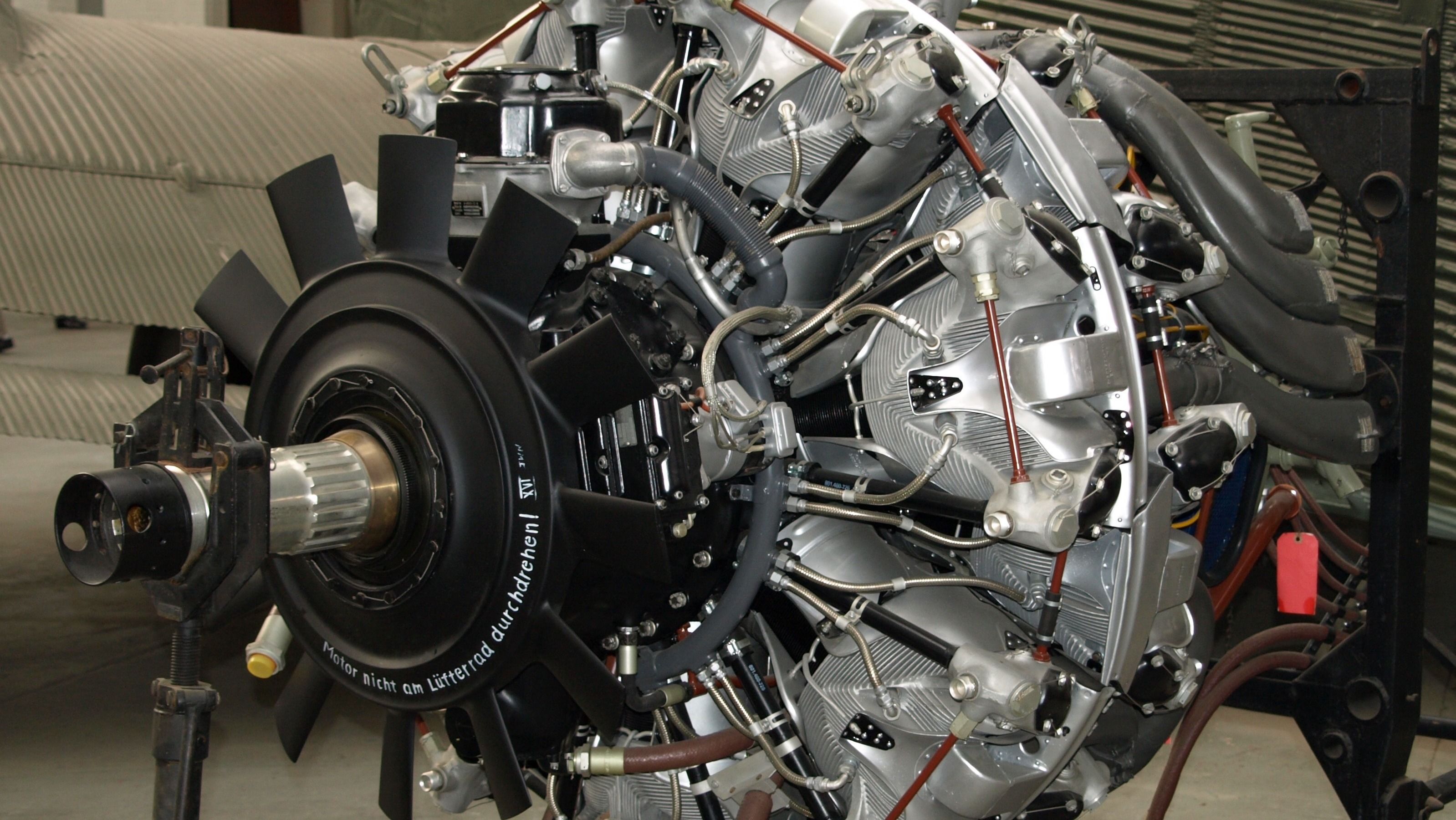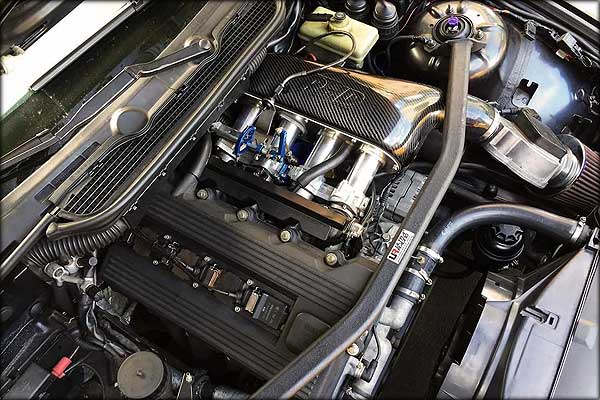A Comprehensive Overview to Comprehending BMW Engine Specifications
A Comprehensive Overview to Comprehending BMW Engine Specifications
Blog Article
Exploring the Evolution of Combustion Engines in Modern Transport Systems
As we browse the landscape of modern-day transportation, the development of combustion engines stands as a testament to human resourcefulness and design prowess. The interaction of history, innovation, and ecological problems in shaping the trajectory of combustion engines creates a narrative that is both compelling and insightful.
Early Beginnings of Combustion Engines
Exactly how did the idea of combustion engines initial emerge in the onset of transportation advancement? The origins of combustion engines can be mapped back to the 17th century when the concepts of interior burning were very first checked out. In 1673, Christian Huygens conceived a standard inner burning engine that utilized gunpowder to produce power. It had not been until the late 19th century that useful applications of combustion engines in transportation began to arise.
The breakthrough minute came with the innovation of the first effective gasoline-powered engine by Karl Benz in 1885 - bmw engine. This engine led the way for the advancement of the modern-day car, revolutionizing transport systems worldwide. Subsequent technologies by Nikolaus Otto and Gottlieb Daimler additionally fine-tuned burning engine technology, bring about the mass manufacturing of automobiles and the rapid growth of the transport sector
These early combustion engines were defined by their simplicity and performance, laying the foundation for the complex and powerful engines made use of in modern-day transport systems. The advancement of burning engines has actually contributed fit the method we travel and carry goods, noting a substantial milestone in the history of transport growth.
Shift to Internal Burning Innovation
The transition to internal burning technology marked a pivotal change in the advancement of transportation systems. This change started in the late 19th century, with inventors like Nikolaus Otto and Gottlieb Daimler creating the first successful inner combustion engines. These engines transformed transportation by supplying a more powerful and reliable option to heavy steam engines and electrical motors.
Among the essential benefits of interior combustion engines was their ability to be reduced to match lorries, leading to the development of bikes and vehicles. This shift from large, stationary engines to compact, mobile ones paved the way for the modern-day transportation systems we see today.
The shift to internal combustion innovation also spurred developments in gas modern technology, bring about the advancement of gas and diesel as main gas sources for cars. This change not just made transport much more accessible to the masses yet also laid the foundation for the oil and gas industry to come to be important to worldwide economic situations.
Impact of Combustion Engines on Transport
The adoption of combustion engines in transport systems catalyzed an extensive shift in the effectiveness and speed of global wheelchair. Combustion engines revolutionized transportation by offering a trusted and flexible resource of power for various automobiles, consisting of cars and trucks, ships, planes, and trucks. This technology substantially improved the capacity for goods and people to move over long distances in much shorter time structures, leading to enhanced connectivity in between regions and nations.
In addition, the prevalent use combustion engines has had a significant influence on economic growth. The ability to move items effectively has actually spurred trade and business, enabling organizations to broaden their markets and reach customers worldwide. This has actually promoted economic development and globalization, as items can now be transferred faster and in bigger quantities than in the past.
Nonetheless, the environmental effect of burning engines can not be overlooked. The burning of fossil fuels has resulted in air pollution and greenhouse gas discharges, adding to environment modification and posturing wellness threats to populations. bmw engine. click to investigate Therefore, there is an expanding emphasis on developing alternate propulsion technologies to reduce these unfavorable results and produce an extra lasting future for transport
Advancements in Burning Engine Design
One significant technology is the development of turbocharged engines, which use exhaust gases to drive a generator that presses inbound air, enabling for even more fuel to be charred, resulting in increased power result without a considerable boost in engine size. Variable shutoff timing systems have additionally changed engine layout by optimizing airflow at different engine rates, boosting both power and efficiency. These technologies collectively contribute to the continual enhancement of combustion engines in contemporary transport systems.
Future Patterns in Combustion Engine Advancement
With innovation developments driving continual advancement, the future of burning engine advancement is positioned to reinvent transportation systems around the world. One of the crucial trends in burning engine development is the press in the direction of better performance and minimized exhausts. Makers are investing greatly in r & d to boost engine performance while satisfying stringent environmental guidelines. This includes the assimilation of advanced fuel injection systems, improved turbocharging methods, and using lightweight materials to maximize gas consumption and reduce carbon discharges.
One more prominent pattern is the fostering of crossbreed innovations in burning engines. Crossbreed engines combine typical combustion technology with electrical power, using boosted fuel effectiveness and lower exhausts. As the automotive market changes towards electrification, crossbreed combustion engines are seen as a transitional option that links the space in between standard lorries and totally electric ones.
Additionally, the combination of smart innovations, such as artificial knowledge and information analytics, is expected to play a significant function in the future of combustion engine development. These innovations can optimize engine efficiency in real-time, leading to a lot more efficient burning processes and improved total lorry performance. Accepting these future patterns will not just drive innovation in burning engine growth but also contribute to a more environmentally friendly and sustainable transport ecosystem.

Final Thought
In conclusion, the evolution of combustion engines in modern-day transportation systems has been Recommended Reading marked by significant innovations in modern technology and style. From the early beginnings of combustion engines to the shift to inner burning modern technology, these engines have had a profound effect on transport. Innovations in combustion engine layout proceed to drive progress in this area, with future click over here now trends concentrating on further enhancing performance and decreasing emissions. The future of burning engines in transport looks encouraging as r & d efforts continue to press boundaries.
The origins of combustion engines can be traced back to the 17th century when the concepts of internal combustion were initial checked out. These engines reinvented transportation by offering a more effective and effective choice to vapor engines and electric motors.

Report this page